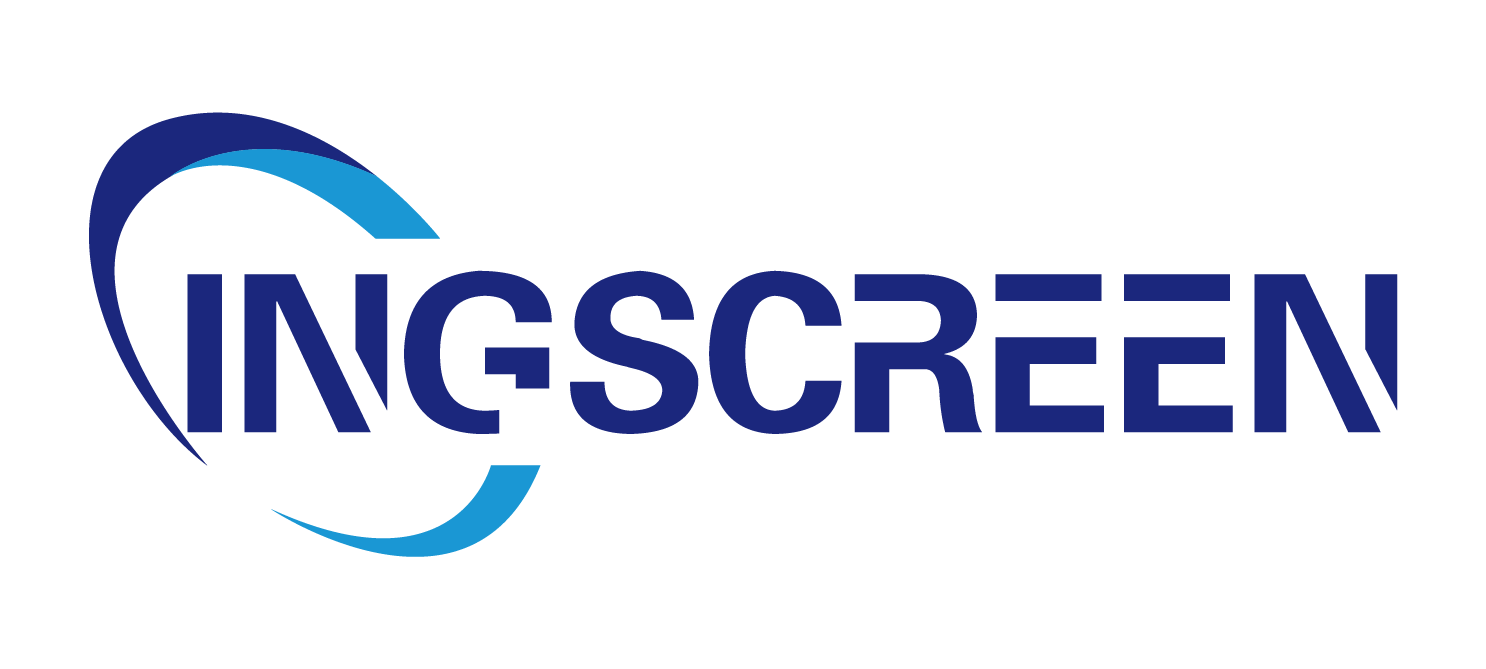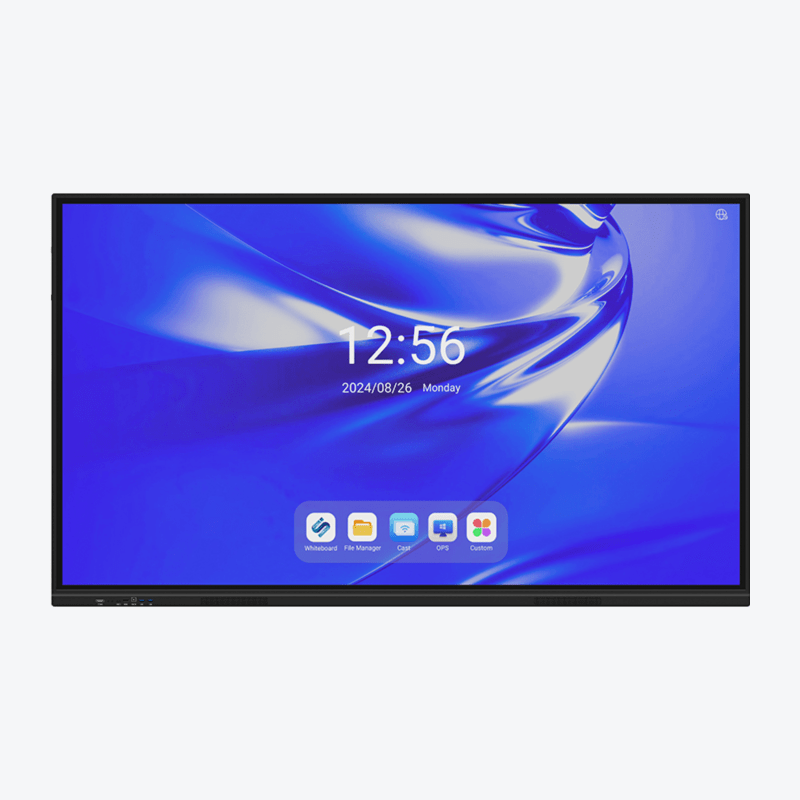Transforming Modern Workspaces Through Digital Innovation
The landscape of professional collaboration has undergone a remarkable transformation in recent years, with interactive display technology emerging as a cornerstone of modern workplace communication. These sophisticated systems have revolutionized how teams interact, share ideas, and drive innovation across various sectors. From corporate boardrooms to educational institutions, interactive display solutions are reshaping the very essence of collaborative environments.
As organizations increasingly prioritize seamless communication and enhanced productivity, interactive display technology has become indispensable in creating dynamic spaces that foster creativity and efficient information sharing. The impact of these systems extends far beyond simple presentation tools, offering immersive experiences that bridge physical and digital workspaces.
The Evolution of Collaborative Technology
From Traditional Whiteboards to Smart Surfaces
The journey from conventional whiteboards to today's interactive display systems represents a significant leap in collaborative technology. Traditional methods often limited participation and required manual documentation, while modern solutions offer real-time interaction, digital capture, and seamless sharing capabilities. This evolution has eliminated the need for physical note-taking and transformed how teams preserve and distribute meeting outcomes.
Interactive displays have become increasingly sophisticated, incorporating features like multi-touch capability, gesture recognition, and wireless connectivity. These advancements have made collaboration more intuitive and accessible, allowing participants to engage naturally with digital content as if they were working with physical materials.
The Rise of Hybrid Collaboration
The recent shift toward hybrid work models has accelerated the adoption of interactive display technology. These systems serve as vital bridges between in-person and remote participants, ensuring equal participation regardless of location. By providing a shared digital canvas, teams can maintain productive collaboration despite physical distances.
Modern interactive displays support various collaboration software and video conferencing platforms, creating seamless integration between different communication tools. This versatility has made them essential in maintaining team cohesion and productivity in evolving workplace environments.
Key Benefits of Interactive Display Systems
Enhanced Engagement and Participation
Interactive display technology naturally encourages active participation from all meeting attendees. The ability to contribute directly to the display, whether through touch interaction or digital input, creates a more engaging and democratic collaboration environment. This increased engagement leads to better idea generation and more productive discussions.
The visual and interactive nature of these systems also helps maintain attention and focus during presentations and brainstorming sessions. Participants can easily annotate, highlight, and manipulate content in real-time, making meetings more dynamic and memorable.

Improved Information Retention and Processing
Studies have shown that visual and interactive learning experiences significantly enhance information retention. Interactive displays support multiple learning and communication styles, allowing team members to absorb and process information more effectively. The combination of visual, auditory, and kinesthetic interaction creates a more comprehensive understanding of presented materials.
The ability to save and share session content instantly ensures that no valuable insights are lost, and team members can revisit discussions at their convenience. This feature particularly benefits complex problem-solving scenarios where information needs to be reviewed and analyzed over time.
Implementation Strategies for Maximum Impact
Optimal Setup and Configuration
To maximize the benefits of interactive display technology, careful consideration must be given to setup and configuration. Factors such as room size, lighting conditions, and viewing angles play crucial roles in creating an optimal collaborative environment. The placement of interactive displays should ensure comfortable viewing and interaction for all participants, whether they're in the room or joining remotely.
Integration with existing technology infrastructure is equally important. Organizations should ensure their interactive displays seamlessly connect with their preferred collaboration platforms, file-sharing systems, and security protocols. This integration creates a smooth workflow that enhances rather than complicates team collaboration.
Training and Adoption Strategies
Successful implementation of interactive display technology requires comprehensive training and support for all users. Organizations should develop structured onboarding programs that familiarize team members with the system's features and capabilities. Regular training sessions and readily available support resources help ensure consistent and effective utilization of the technology.
Creating champions within teams who can demonstrate best practices and assist others helps accelerate adoption and maximizes the return on investment. These individuals can help identify innovative uses for the technology and share success stories that inspire broader adoption.
Future Trends and Innovations
Artificial Intelligence Integration
The future of interactive display technology is closely tied to artificial intelligence advancements. AI-powered features are beginning to emerge, offering capabilities like automated note-taking, real-time translation, and intelligent content organization. These innovations will further enhance the collaborative experience and make meetings more productive and accessible.
Machine learning algorithms are also being developed to analyze collaboration patterns and suggest optimization strategies. This data-driven approach will help organizations refine their meeting practices and improve team productivity over time.
Extended Reality Integration
The integration of extended reality (XR) technologies with interactive displays promises to create even more immersive collaborative experiences. Augmented and virtual reality features will enable teams to visualize and interact with 3D models, simulations, and complex data sets in new ways, opening up unprecedented possibilities for creative problem-solving and innovation.
These advancements will particularly benefit industries like architecture, engineering, and product design, where spatial visualization and physical prototyping are crucial aspects of the collaborative process.
Frequently Asked Questions
What size interactive display is best for my collaboration space?
The optimal size depends on your room dimensions and typical group size. A general rule is to ensure the display is large enough for comfortable viewing from the furthest point in the room. For standard meeting rooms, displays between 65 and 75 inches are common, while larger spaces may require 85-inch or larger displays.
How can interactive displays improve remote collaboration?
Interactive displays enhance remote collaboration through features like real-time annotation, shared workspaces, and seamless integration with video conferencing platforms. Remote participants can contribute equally to discussions and visual content creation, maintaining team engagement regardless of location.
What maintenance is required for interactive display systems?
Regular maintenance typically includes cleaning the display surface with appropriate materials, updating software and firmware, and checking connectivity components. Most modern interactive displays are designed for durability and require minimal maintenance beyond these basic care procedures.




